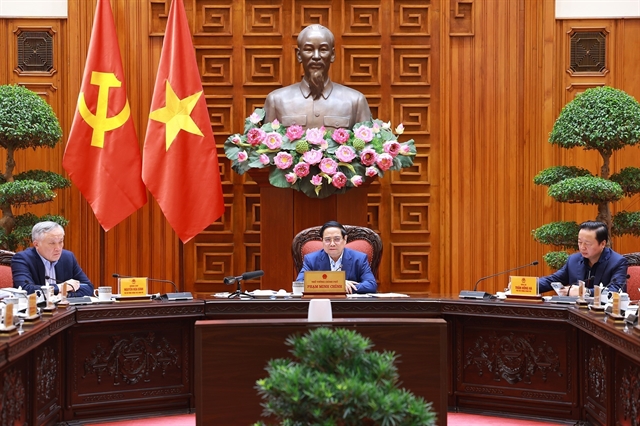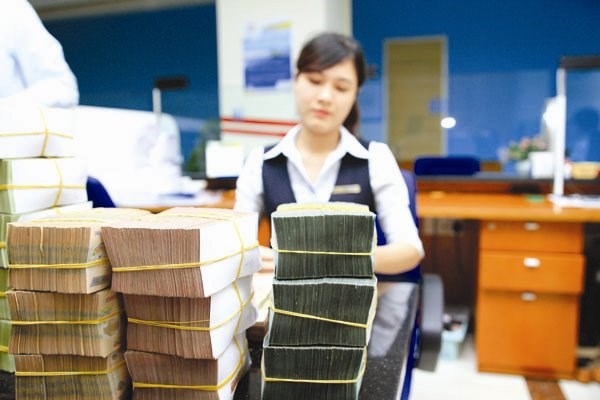 Economy
Economy

Many commercial banks have recently raised their deposit interest rates in an attempt to satisfy new State Bank of Việt Nam’s regulations that are due to take effect in 2017.
 |
| Many commercial banks have recently raised their deposit interest rates in an attempt to satisfy new State Bank of Việt Nam’s regulations that are due to take effect in 2017. — Photo danviet.vn |
HCM CITY — Many commercial banks have recently raised their deposit interest rates in an attempt to satisfy new State Bank of Việt Nam’s regulations that are due to take effect in 2017.
Under Circular 06/2016/TT-NHNN, commercial banks will have to lower the ratio of short-term funds used for medium and long-term loans from 60 per cent to 50 per cent from January 1, 2017 to December 31, 2017.
In the past, many lenders used short-term funds for medium and long-term loans. Because of this, they are now forced to increase the interest rate of Vietnamese đồng deposits to attract more capital to meet the requirement.
The Bản Việt Commercial Joint Stock Bank typified the trend. On September 5, the bank raised its six-month Vietnamese đồng deposit rates by 0.1 percentage points to touch 7.1 per cent per year. Meanwhile, the interest rate of its 13-month term deposits was increased from 7.5 per cent per year to 7.8 per cent per year.
Earlier, VPBank also announced, effective from September 1, a rise of 0.2 percentage points in the one-month and two-month deposits, which are now 5 per cent and 5.2 per cent per year, respectively. Meanwhile, the rates for three-month deposits was adjusted from 5.2 per cent per year to 5.3 per cent per year.
To attract more long-term capital, the bank also raised the interest rates by 0.1 percentage points for those deposits with 13 and 15 month terms.
In its new rate list, Eximbank also increased its short-term deposit rate by 0.3 and 0.4 percentage points to touch 5 per cent and 5.5 per cent.
Leaders of some commercial banks said the raising deposit interest rates was designed to ensure liquidity.
Many commercial banks have boosted long-term loans, which now account for up to 80 per cent of short-term funds for real estate projects.
So, from now to year-end, many banks are seeking to increase liquidity shortages to be able to meet the central bank’s request. Meanwhile, the amount of money that the lenders borrowed from other banks are not included in their capital sources.
This has encouraged many commercial banks to adopt measures to actively seek capital, especially those with long-terms to provide against a possible breakdown of liquidity.
Due to the deposit rate hikes, there is some concern that a lending interest rate hike is imminent.
However, the SBV said in a report released recently that it would ask commercial banks to keep lending rates stable over the remaining months of the year.
SBV said it would continuously instruct commercial banks to balance their capital sources and lending capital sources to stabilise deposit interest rates in the remaining months of the year.
Better business performance and lower input costs are also required for maintaining lower lending rates.
As a result, lending interest rates have been rather stable despite the fact that the banks are competing with each other to raise their deposit interest rates.
In August, for instance, lending interest rates were 6 per cent to 9 per cent for short-term loans and 9 per cent to 11 per cent for medium-long loans.— VNS




